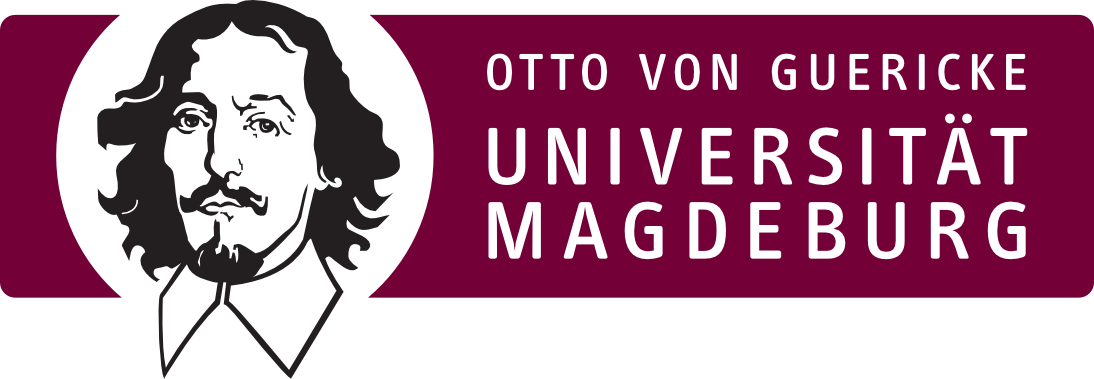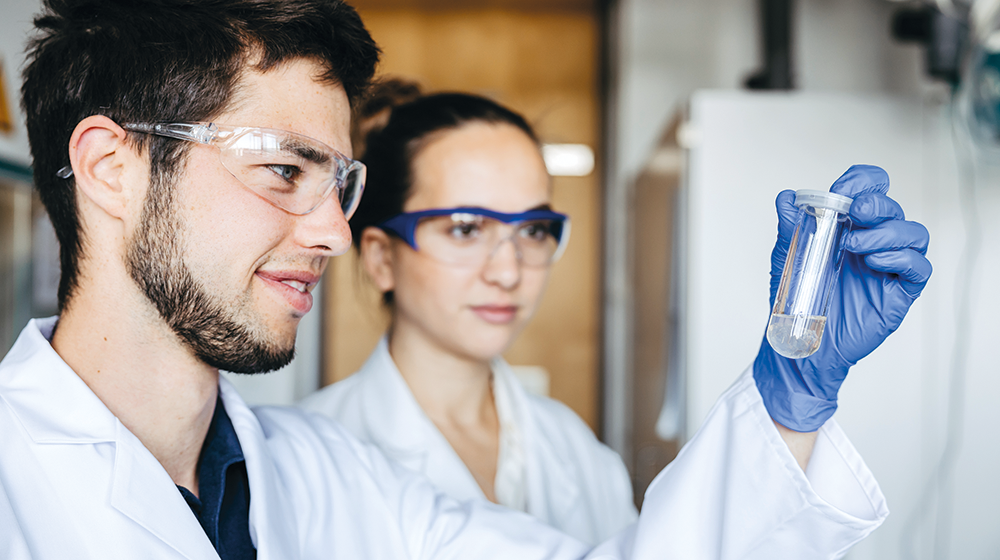
A chemical industry based on renewable raw materials and energy, whose products can be easily recycled and whose building blocks can be repeatedly reused in a circular economy. Whilst for many this sounds Utopian, for Professor Dr. Kai Sundmacher this is what the not too distant future of the chemical industry looks like.
Kai Sundmacher is Professor of Process Systems Engineering at University of Magdeburg and Director of the Max Planck Institute for Dynamics of Complex Technical Systems (MPI Magdeburg) and highlights that “the chemical industry is undergoing a far-reaching transformation process.” After all, the industry is responsible for ten percent of global CO2 emissions. To achieve the climate goals, by 2045 these emissions must be reduced to zero. Together with numerous research partners from various institutions and disciplines, Kai Sundmacher hopes to develop the necessary methods and processes with a research initiative entitled “Smart Process Systems for Green Carbon-Based Chemical Production in a Sustainable Society”, or SmartProSys for short. The scientists are convinced that the concept has the potential to become an excellence cluster.
The carbon sources of the future
So how can commodity chemicals, plastics or medicinal products be produced and used sustainably? “The objective is not decarbonization, since all of these substances contain carbon,” Kai Sundmacher explains. In future, however, they should not be made from fossil sources such as oil or natural gas, but instead be obtained from renewable sources: for example from biomass, from the recycling of waste or from the use of CO2, which is an exhaust gas from production in industrial plants or waste incineration. “These are the carbon sources of the future,” says Kai Sundmacher.
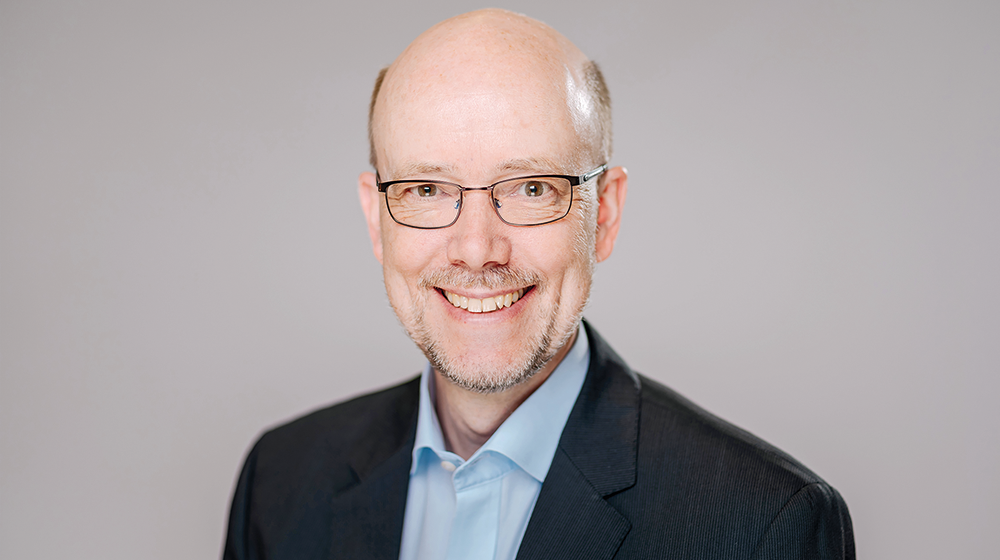 Prof. Kai Sundmacher (Photo: Stefan Deutsch / Max Planck Institute Magdeburg)
Prof. Kai Sundmacher (Photo: Stefan Deutsch / Max Planck Institute Magdeburg)
The reuse of plastic wastes and how that can work, is an example of the research being carried out at the Max Planck Institute in Magdeburg. Ann-Joelle Minor and Ruben Goldhahn - both doctoral students supervised by Kai Sundmacher - are conducting research here into ways of optimizing the recycling of these materials. Instead of, as is currently the case, producing them from oil, in a circular economy they should be repeatedly reused. Whilst Ruben Goldhahn wrestles with chemical reaction vessels, solvents and plastics in his white lab coat, Ann-Joelle Minor sits in front of her computer screen and simulates the chemical reactions that occur and the processes that would be the most suitable for this with the help of mathematical models. Laboratory experiments and computer simulations are closely interlinked here and benefit one another. Experimental data feed the mathematical models, which in turn provide recommendations for worthwhile experimental approaches. This saves both time and resources.
“We are concentrating on a special type of plastic, the polyamides,” explains Ruben Goldhahn. Polyamide 6 - better known under the trade name of nylon - is probably the best known polyamide and is found not only in pantyhose, but also in fishing nets, boat hulls and carpets. Like many other plastics, it consists of identical building blocks that are lined up one after another like a string of pearls. It is possible to chemically depolymerize these strings with solvents - in other words, break them down into their individual building blocks or components. The individual components can be fished out of the resulting molecule soup and then reassembled again anew.
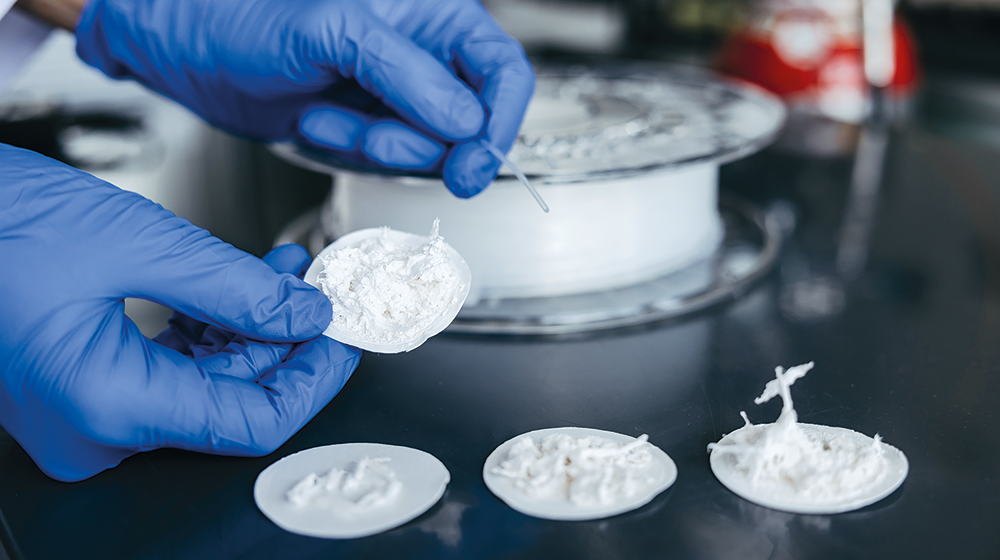 Dried and purified polyamide 6 after the dissolution process (Photo: Jana Dünnhaupt / University of Magdeburg)
Dried and purified polyamide 6 after the dissolution process (Photo: Jana Dünnhaupt / University of Magdeburg)
“Polyamides are ideal candidates for chemical recycling,” explains Ann-Joelle Minor. “It takes relatively low temperatures to break their bonds and they can be very cleanly broken down into their basic components.” In contrast to mechanical recycling, in which the plastic can only be repeatedly washed, shredded, melted down and reshaped to a limited extent, the chemical process can be repeated any number of times. Nevertheless, worldwide only around two percent of polyamides are chemically recycled, because so far the process has not been particularly worthwhile in commercial terms. Currently it is cheaper to manufacture them from crude oil. The two doctoral students hope to change this with their research. They are testing various catalysts, solvents and methods in order to find improved and optimized methods of recycling both ecologically and economically.
Bacterial cells full of bioplastics
Professor Dr. Achim Kienle and Dr. Stefanie Duvigneau from the Institute of Automation Technology at University of Magdeburg are working to identify a completely different plastic that is not produced using oil. This plastic is produced in the bioreactors of the institute, where in large glass vessels in a bubbling nutrient solution, millions upon millions of bacteria are cultivated. The microorganisms are small, living factories that produce bioplastics from waste and residual materials. In nature, the substance is used by the organisms as a food and energy store for hard times, and is always produced when there is an abundance of carbon but few other nutrients available. Up to 70 percent of the mass of bacteria can consist of bioplastic, or even more in genetically altered microorganisms. This reserve substance is a valuable, versatile raw material of the future.
Achim Kienle calls the raw material from which the so-called bioplastics can be produced “biopolymer”. Like its relatives made from oil, this substance consists of identical individual building blocks linked to one another in chains, but it degrades in the environment. “However, not all polymers are equal,” he explains. There are differences in elasticity, stability and malleability - depending on which nutrient substrate the bacteria receive. The bioplastic is therefore extremely variable. With experiments, the team of researchers is testing which substrates are particularly suited and how the bioplastic can best be extracted from the bacterial cells.
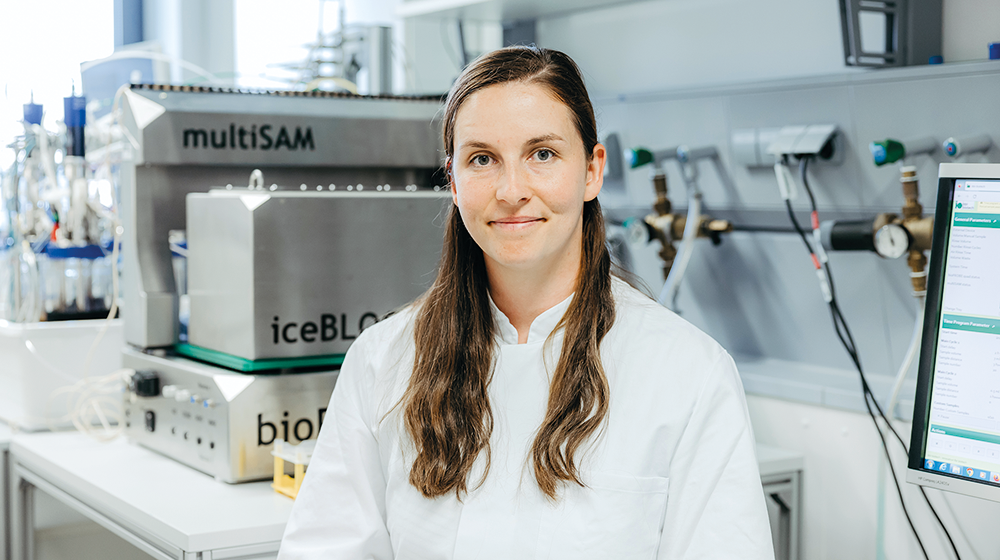
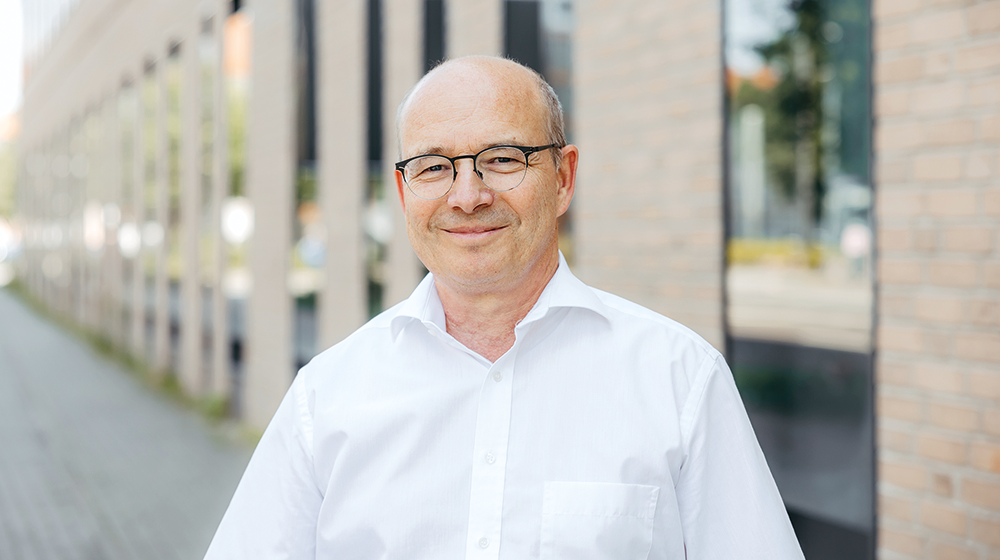
Dr.-Ing. Stefanie Duvigneau (left) and Prof. Achim Kienle (Photo: Jana Dünnhaupt / University of Magdeburg)
Everything that happens in the bioreactors is also translated into mathematical models here; growth and production curves are simulated on computers. Stefanie Duvigneau develops these models using experimental data, on the one hand to understand the reactions that occur and on the other hand to design new processes and control concepts. Ultimately, the bacteria should be able to efficiently produce as many bioplastics as possible in the desired quality. What is more, “we want to have considered everything from the beginning of the products to their end: from the nutrient substrate, which might come from biogas plant wastes, from the food or timber industries, through to the recycling of the bioplastic,” explains the researcher
Create understanding
Researchers are working in the laboratories to explore how it will be possible to implement the chemical transformation in the refineries and factories of the future. And the environmental psychologist, Professor Dr. Ellen Matthies, is using completely different methods to ascertain how this will be received in people's minds. To this end, with her team she is working on modeling carbon cycles that people can examine interactively, in order to sharpen their knowledge and find out more about the advantages and disadvantages of different strategies.
One of these strategies is known as Carbon Capture and Utilization - or CCU for short. In this approach, CO2 from industrial processes is not only captured and stored, but integrated into products that have a long shelf life. In this way, construction materials or car parts could become carbon sinks and temporarily be used to remove CO2 from circulation. In experimental studies the researchers working with Ellen Matthies are now investigating how societal attitudes and values influence the understanding and acceptance of such CO2 sink technologies, what prejudices there are against them and how these might be overcome. Apart from this, innovative, playful communication concepts are being developed that illustrate technological solutions to climate protection in such a way that as many people as possible are able to understand them and follow any changes that are required.
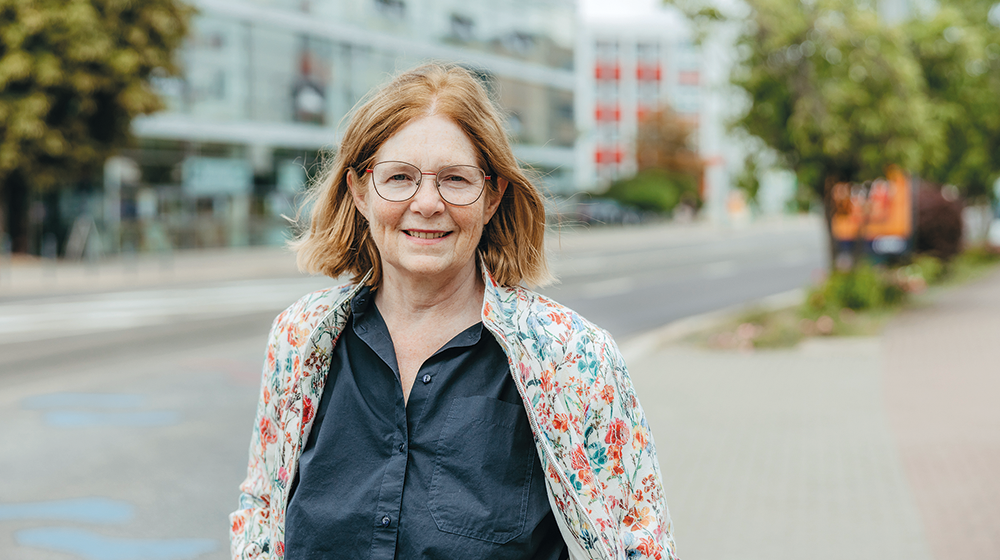 Prof. Ellen Matthies (Photo: Jana Dünnhaupt / University of Magdeburg)
Prof. Ellen Matthies (Photo: Jana Dünnhaupt / University of Magdeburg)
In the chemical industry, this conviction seems already to have taken root. “Our research project addresses a topic that has absolute priority there. The stakeholders are aware that the production processes need to change completely over the next ten to twenty years in order to save energy and achieve sustainability goals,” explains Kai Sundmacher, and goes on to warn that “those that are caught napping where this subject is concerned will be the losers on the market in future.”
